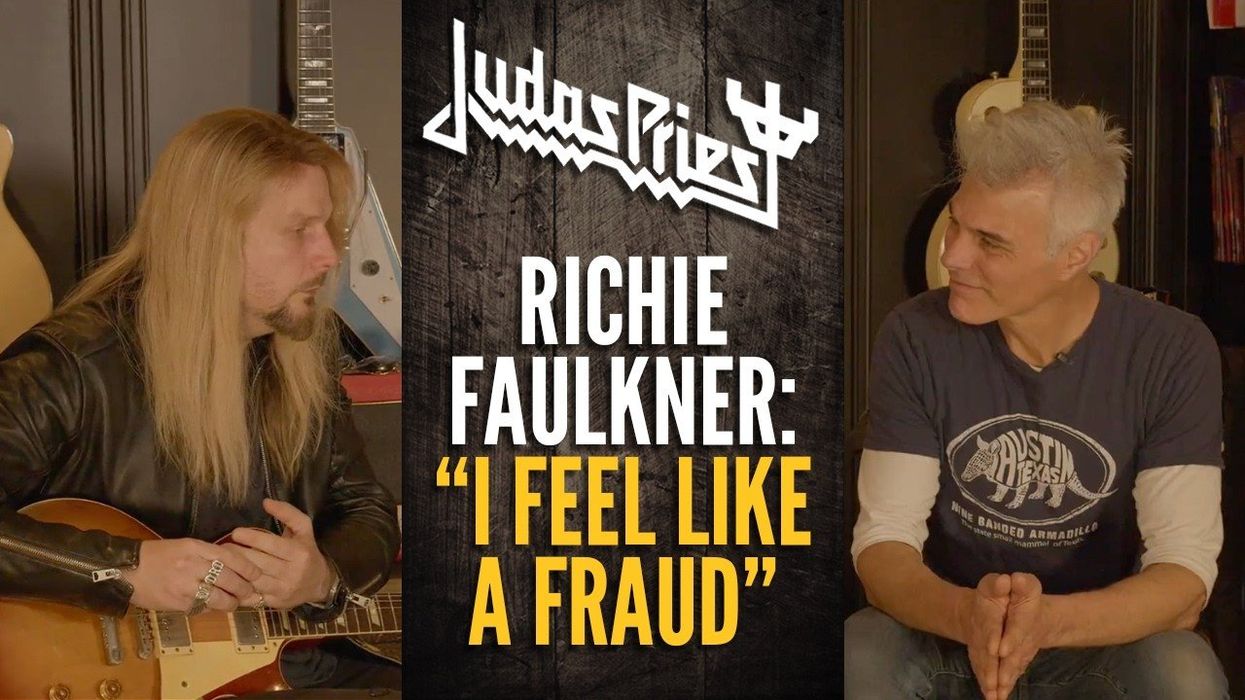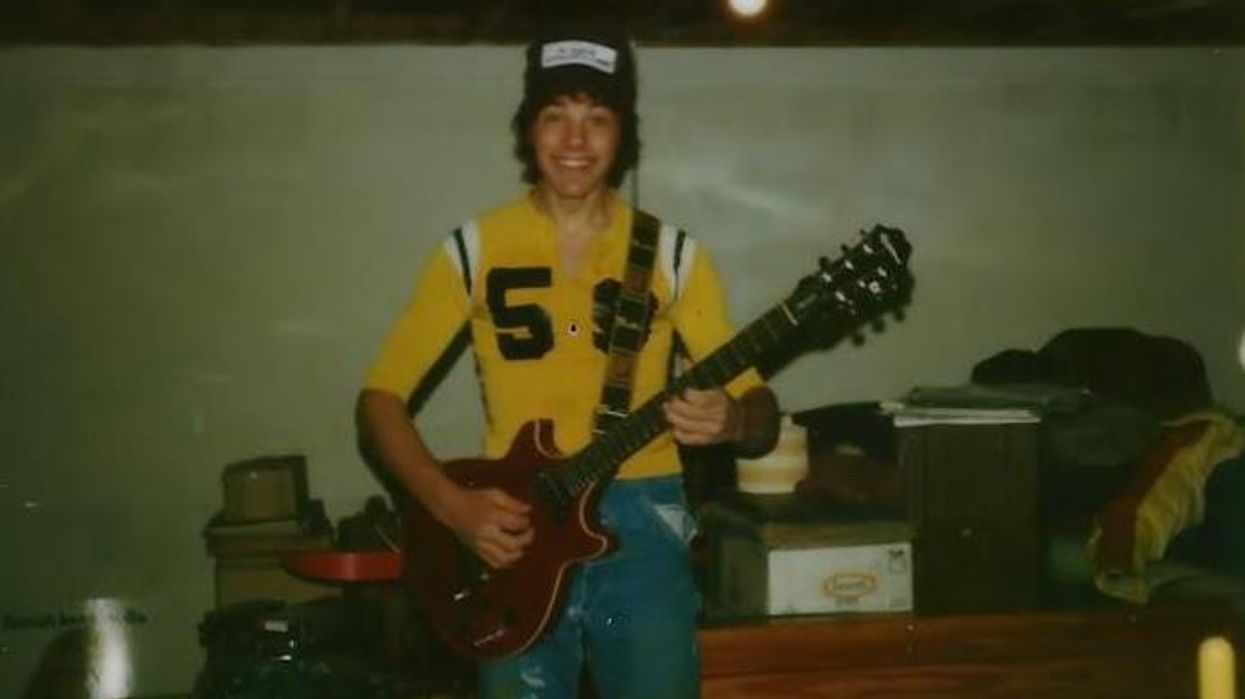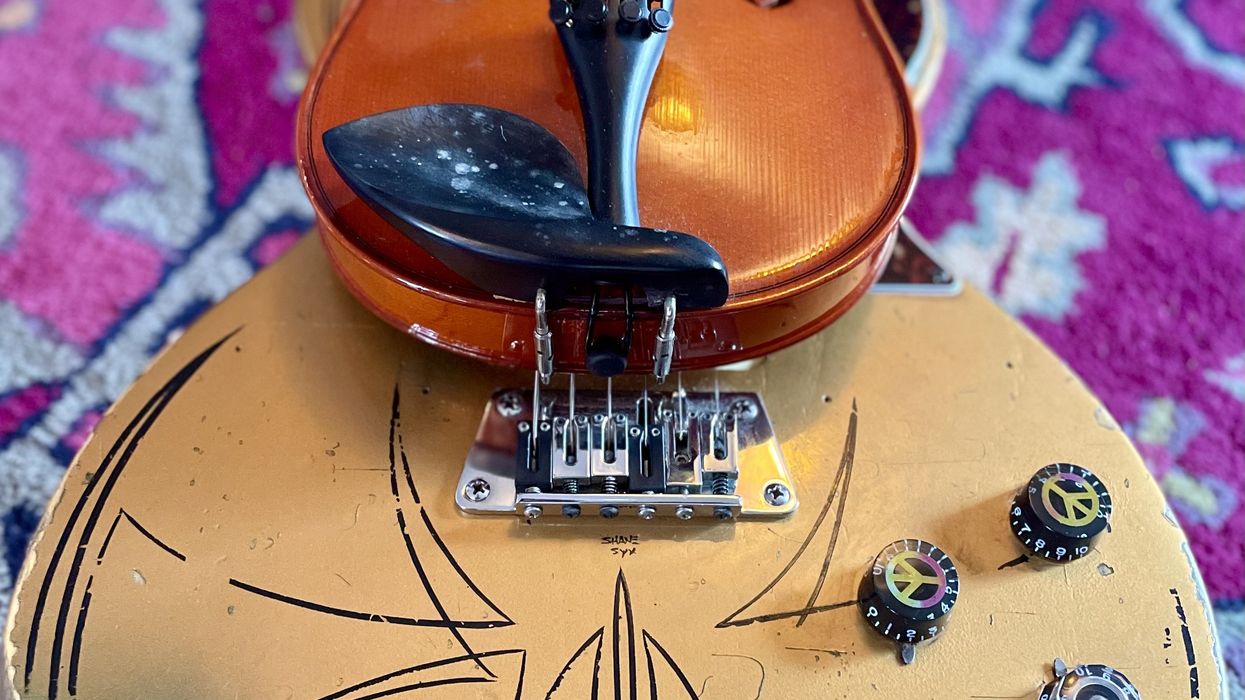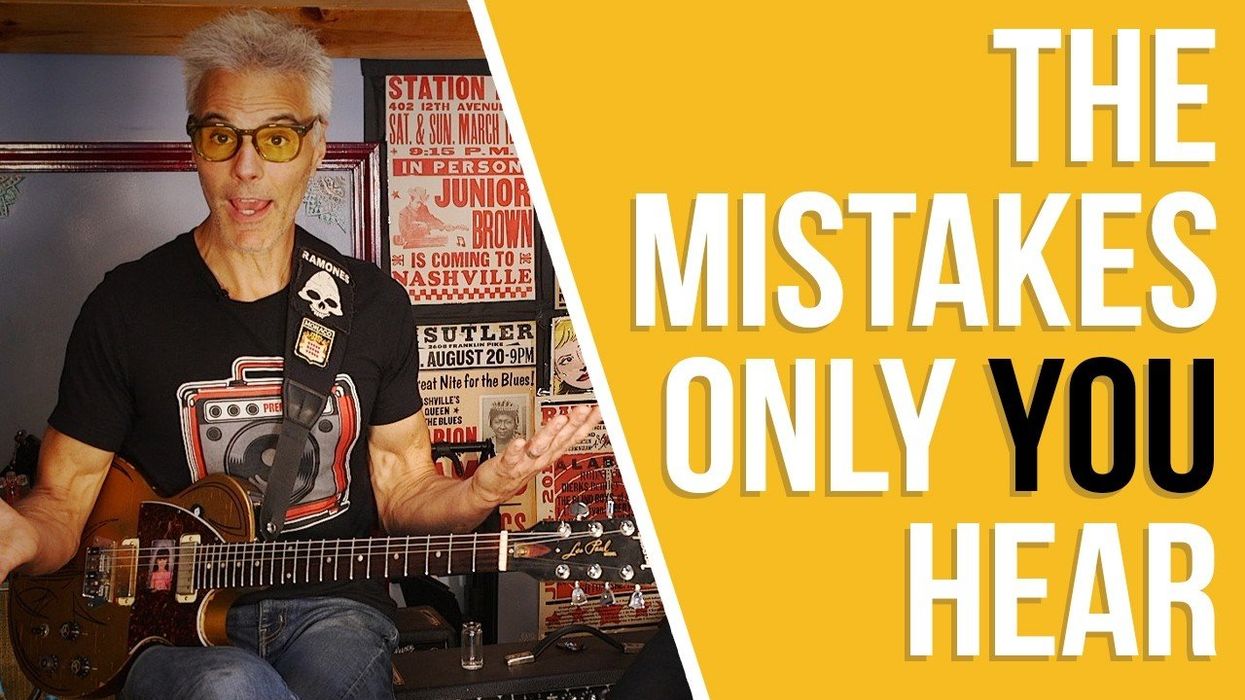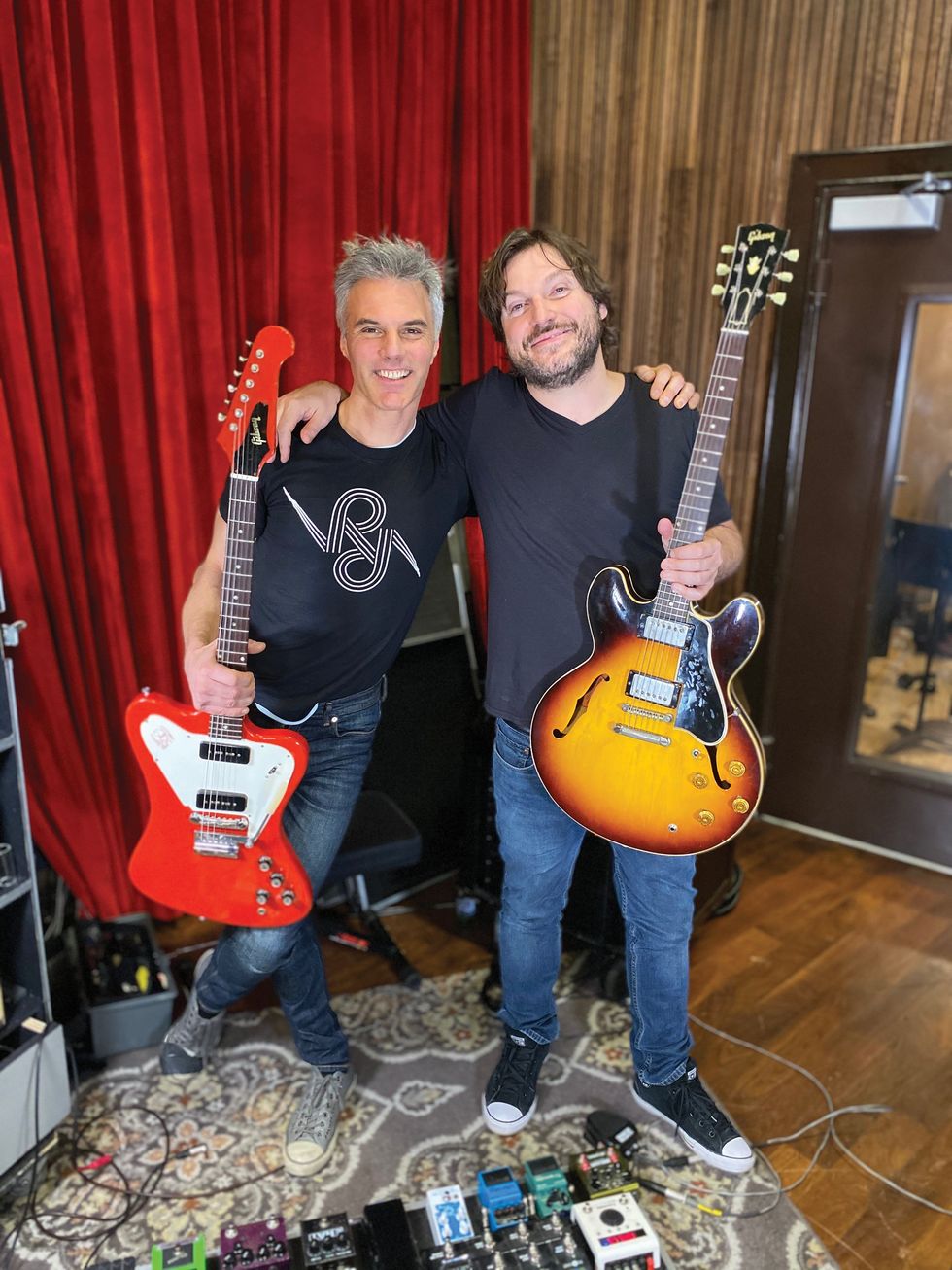Get in line. Series routing is the most common scheme. Generally speaking, it's simply plugging in all your effects one after another. The output of each effect feeds the input of the next effect and the result is kind of a cumulative sound. For example, imagine feeding your guitar signal into a chorus pedal and then into a delay. The signal gets modulated by the chorus and the delay then “sees" 100 percent of that modulated signal. Thus, each delay repeat will be chorused as well. Series routing is by far the easiest method when hooking up effects, and it does work great for many applications.
Parallel routing, on the other hand, is similar to adding effects when using a mixer. Imagine a mixer channel that sends its dry signal to the master bus. Most mixers have at least a couple of auxiliary sends (and corresponding returns) to patch in effects, so let's assume we patch our chorus and delay into those sends and returns. You'll want to set the effects for “kill dry" (or 100 percent wet). Turn up the aux-send knobs and you now have chorus and delay that are independent and not impacting one another, and mixed into the master bus along with the dry guitar signal.
This differs from series routing in a couple different ways. First off, your delay no longer affects your chorus, and vice versa. You'll hear the chorus when you play, but when you stop, the delay repeats will tail out with no modulation on them. Now, imagine doing this with delay and reverb. You'll hear the delay tail out more distinctly than if it was feeding into the reverb effect. Why?
Because the delay repeats will have no reverb on them! It is a distinctly different sound than series routing, but it isn't necessarily better or worse. It's just different, and it really depends on what you are trying to achieve. There is a clarity and purity to the tone of effects in parallel that can be a real bonus at times, especially when blending in lots of reverb and/or delay.
From A to D. Additionally, and perhaps most importantly, only a tap off the dry signal is sent to the effects. The signal is never completely digitized like it would be if run in series through a digital effects unit. (Some effects units have an analog dry path, but many do not.) Analog to digital converters have no doubt come a long way, but it's still impossible to avoid some slight latency when using them. This is especially true if you're hooking up multiple effects in series, where the result can be a slight disconnect or lack of immediacy in playing feel.
You might be asking yourself about something like a choppy, hard tremolo effect, and if having some dry signal always mixed in would make it impossible. The answer is yes! Parallel routing only works really well for some things: notably and mainly the aforementioned delay, reverb, and chorus (or flanging). It's not really that effective with effects like tremolo, vibe, and overdrive/distortion/fuzz, but as with all things sonic, your mileage may vary.
So, just how do you achieve parallel routing anyway? Well, some amps feature parallel effects loops, which make easy work of adding at least one parallel effect to your arsenal. An effects switcher/router unit like the RJM Music Technology PBC/10 actually has four stereo-effects loops that can be switched between series and parallel, which really gives a player the best of both worlds. Other units such as the Suhr MiniMix II and The GigRig's Wetter Box (Photo 1) essentially add parallel capability to any pedalboard or amp effects loop.
I hope I was able to clarify some misconceptions about series versus parallel routing. As always, I recommend trying these configurations yourself, so you can discover what will work best for your rig. Until next month, I wish you great tone!


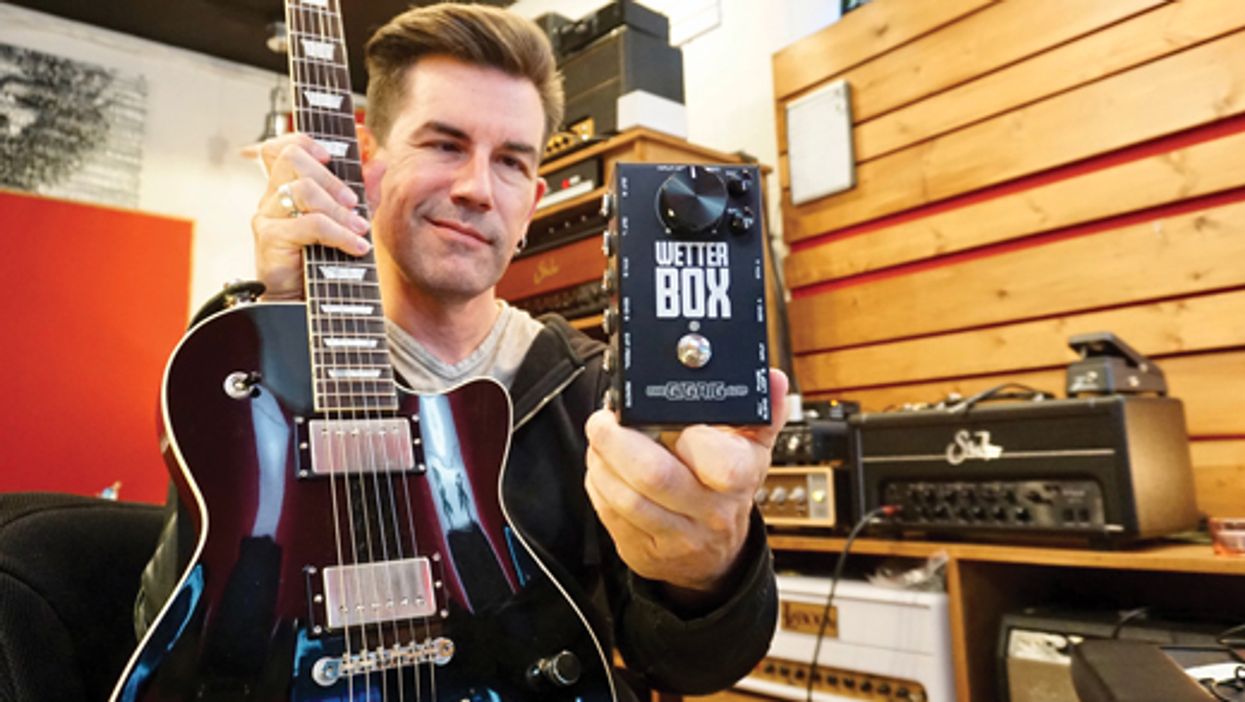








![Rig Rundown: Russian Circles’ Mike Sullivan [2025]](https://www.premierguitar.com/media-library/youtube.jpg?id=62303631&width=1245&height=700&quality=70&coordinates=0%2C0%2C0%2C0)



